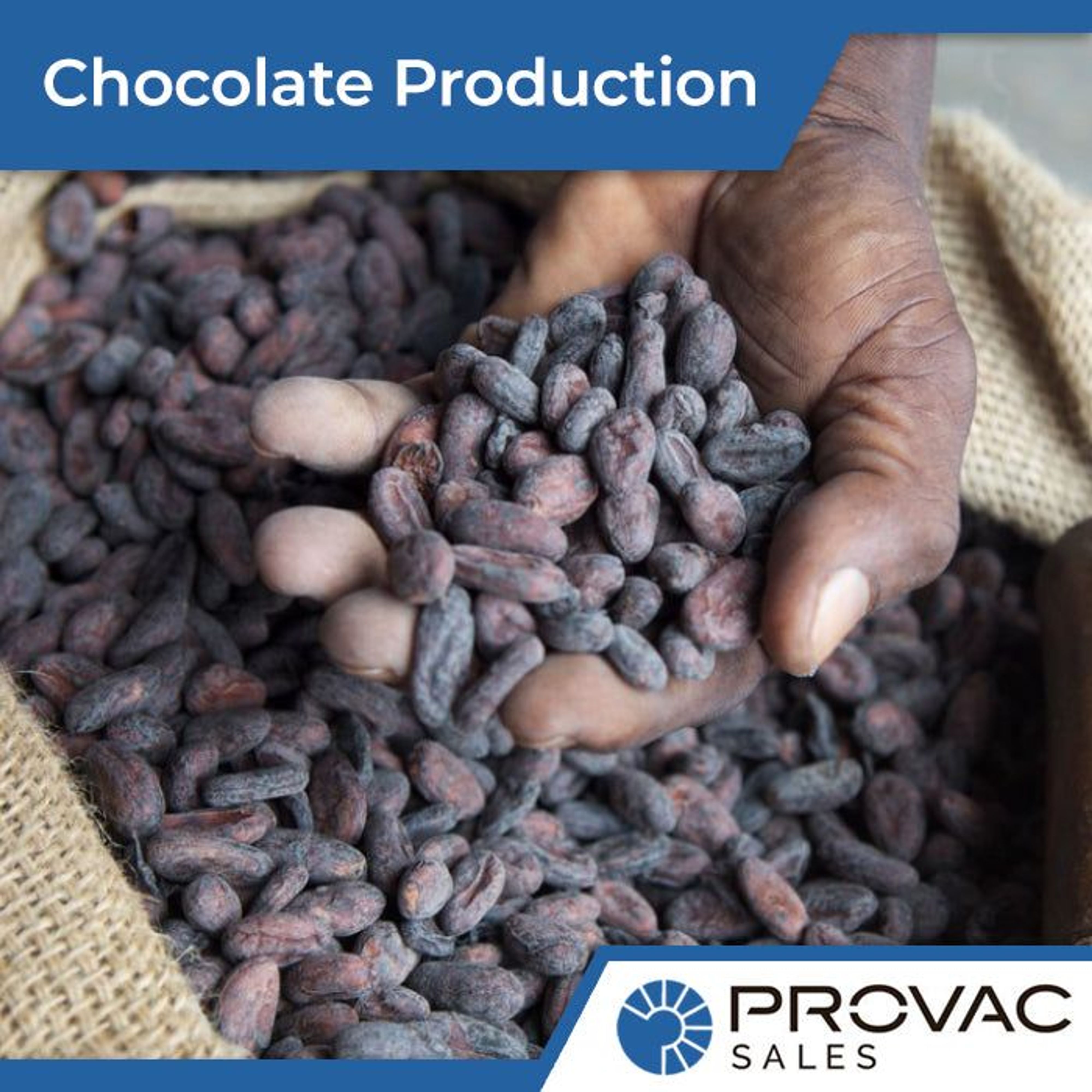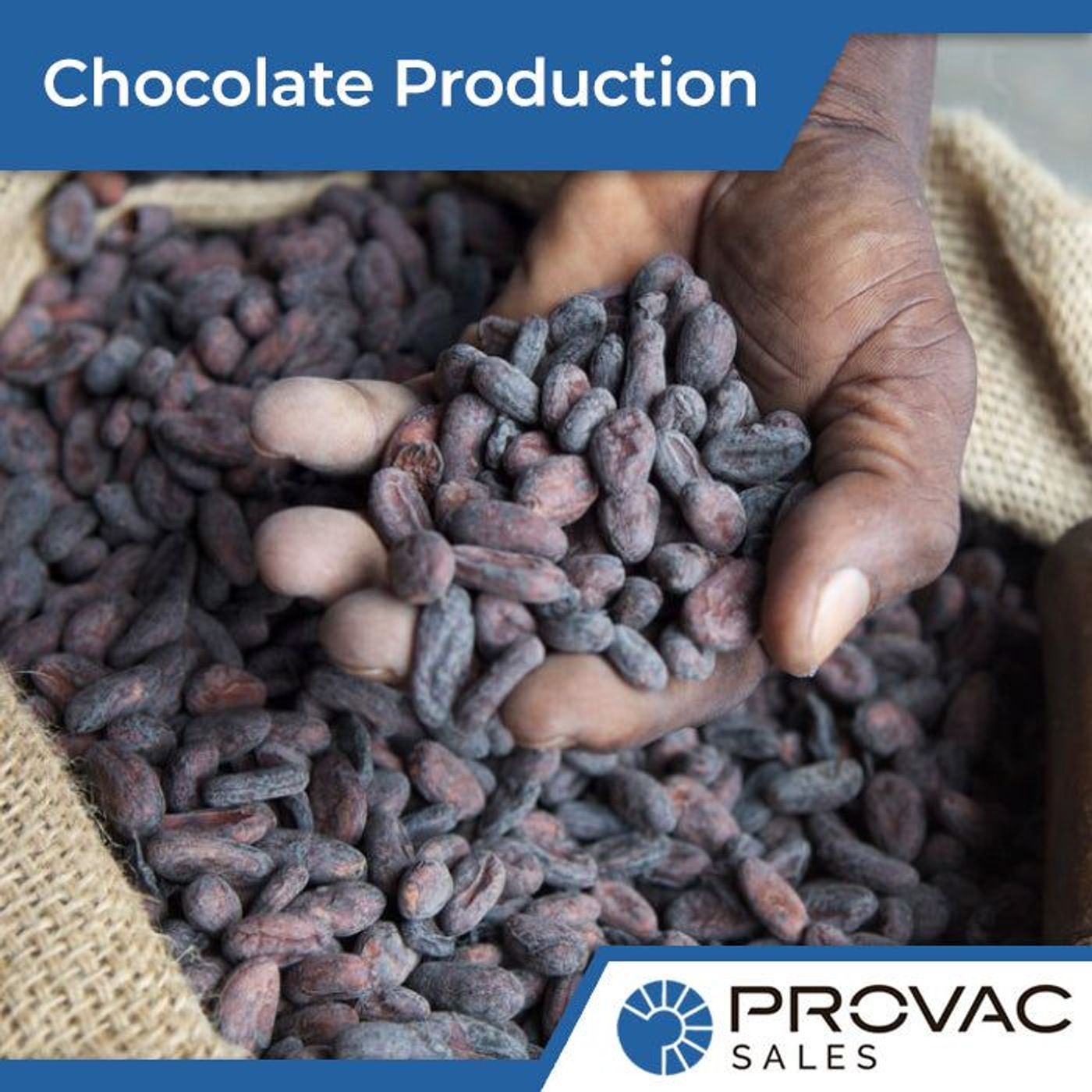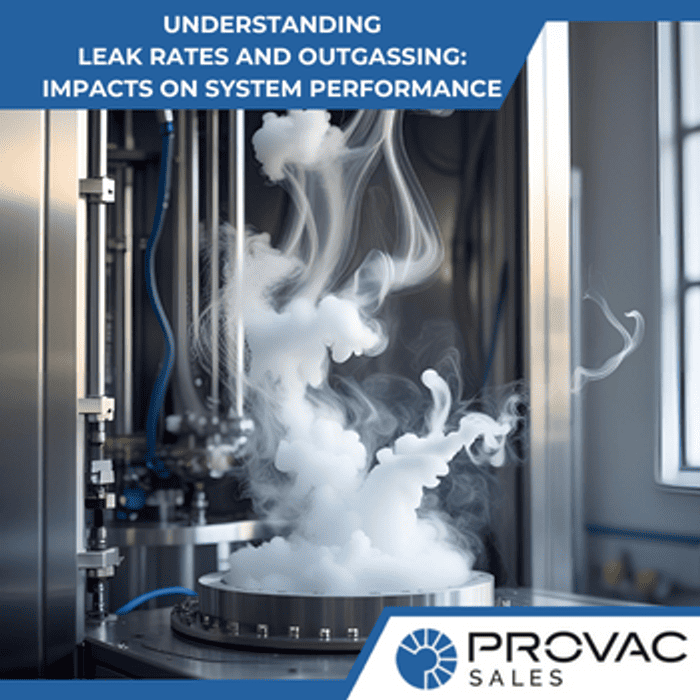
Katy Manning | July 30, 2021
How Vacuum Processes Are Used During The Production of Chocolate

The cocoa tree will grow the beans in pods, with each pod containing anywhere between 20 and 60 beans. These pods that sprout from the trunk and branches of the tree are harvested manually. The pods start out as green, but when they are ripe for harvesting they turn orange. The manual harvesting is done with the gentle removal of the pods from the tree with machetes. The trees can get damaged if machines are used to gather the pods, and that is why it is done manually. The pods then reach a cleaning house, where they are split open and all cocoa beans removed. The beans are not brown, as would seem likely, and also do not in any way have the aroma or taste like the chocolate that they will ultimately be made into.
The next process in the production of chocolate requires the cocoa beans to be fermented, which is done by placing them in large shallow trays that are covered with banana leaves. They are stirred frequently and allowed to turn brown in the sun, which can take anywhere between 5 and 8 days in the sun. The seeds then need to dry which the sun is able to do in a week. By now the seeds will have lost half their weight. These dried beans are then sent to factories that manufacture chocolate and to act as their starting product. They are stored in sacks in warehouses or in silos. The silos can store up to a thousand tons, silos can be filled with positive pressure boosters which push the goods to the desired area or negative vacuum which sucks the goods from one bin to another.
The cocoa beans then go through a cleaning process that removes all extraneous material, and are then weighed and blended. The use of vacuum plays a major role during this process. Any husk that is removed is sent to chemical industries where valuable compounds are extracted.The chocolate aroma of the beans comes out during the next process of roasting the beans in large rotary cylinders. Roasting is done at 250 degrees Fahrenheit for anywhere between half an hour to two hours, depending on their moisture content and other properties. The beans then turn into a rich brown color and give out chocolate's distinct aroma. Proper roasting is the key to good flavors. These beans are then allowed to cool, and the thin shells that they have will have become brittle due to the heating. A winnowing machine is used to remove the shells, and also serrated cones used to crack the beans without crushing them. Sieves separate out larger and smaller grains, while air blowers blow away the dried shells, leaving behind the meat of the bean or nib as they are referred to in this industry.The nibs are blended through the combination of 8 or 10 varieties of nibs to give subtle mixtures that bring out the flavor of each variety of chocolate.
The nibs that now contain 53% of cocoa butter are then ground between large discs or grinding stones, to create a paste. This paste is subject to pressure hydraulically that then gives you cocoa butter which is a valuable pure fat that has a distinct aroma. After it is filtered and purified this will look like your conventional butter. It forms part of every recipe and is responsible for giving chocolate its beautiful luster and the fine structure. Grinding the beans makes the butter to melt and form a fine liquid that is called chocolate liquor. This liquid can easily be poured into molds to give you bitter chocolate.
Until now the process of manufacturing cocoa and chocolate is identical. To make cocoa powder this liquor goes through a hydraulic press where it undergoes high pressures that removes 80% of the cocoa butter. Fat drains away as a yellow liquid and is then collected for the making of chocolate. Any cake that is left over after the pressure application is made into cocoa by crushing, milling and sifting. Other ingredients are added that then give the cocoa powder that you find in markets.
Chocolate is ultimately produced by adding milk, sugar, and other ingredients to the yellow liquid or bitter chocolate liquor. Every manufacturer will have their own range of chocolates made with different recipes to produce the vast range of chocolates that you get in the markets all over the world.
Vacuum is used during many stages of chocolate production starting with the storing and cleaning of the cocoa beans. You will find it in the removal of air conditioned air in production lines, for machines that need to operate at constant pressure and even for holding eggs, if used, in their correct position. Use is made of vacuum for conveying sugar and other ingredients, for the drying of products, and for changing crystal shapes without air, and for making and using molds.



